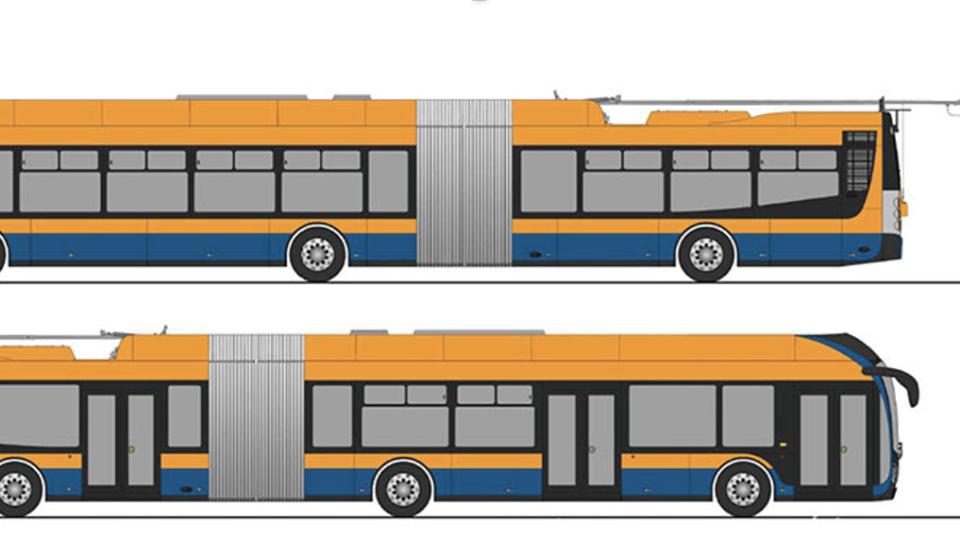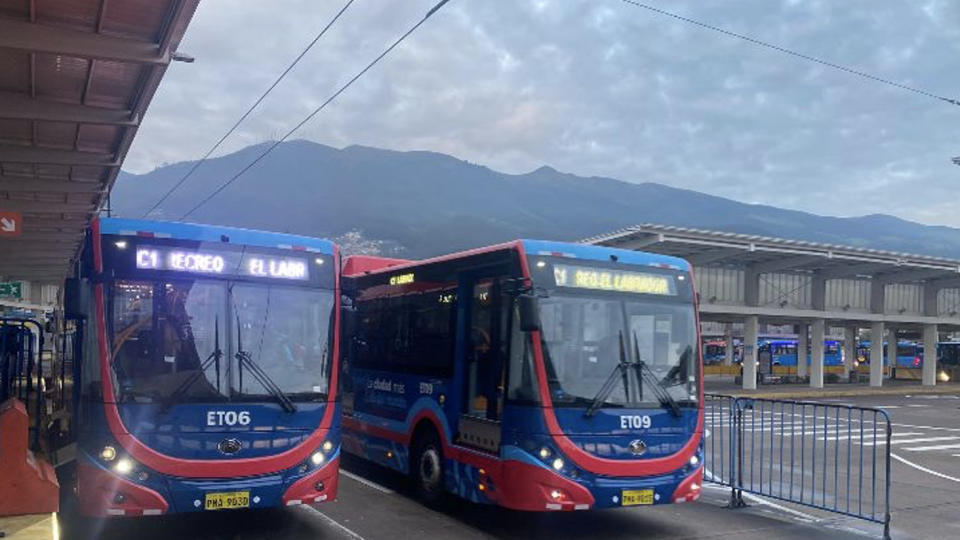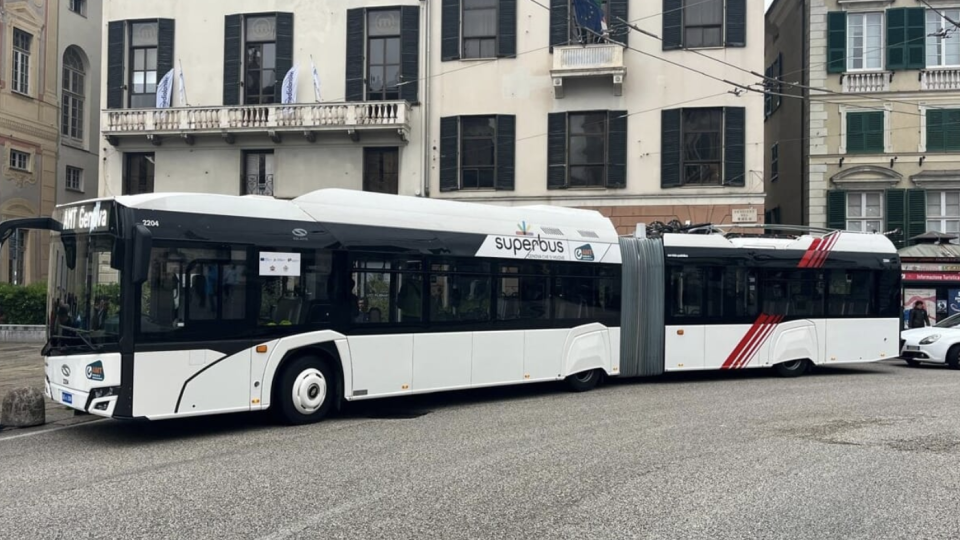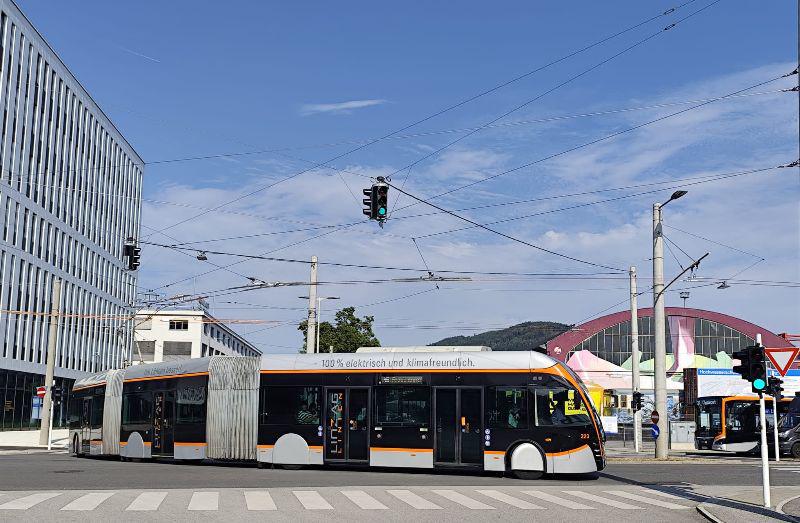New T13 line launched: the tram-trains for the west of Paris
Since a few days, rail transport in Paris is even more complete. On 6th July, the new 18.8 km long T13 Express line, operated by RATP – Ile de France Mobilites, was opened, connecting Saint Germain en Laye to Saint Cyr l’Ecole in the Versailles area. The route runs west of the city of Paris […]
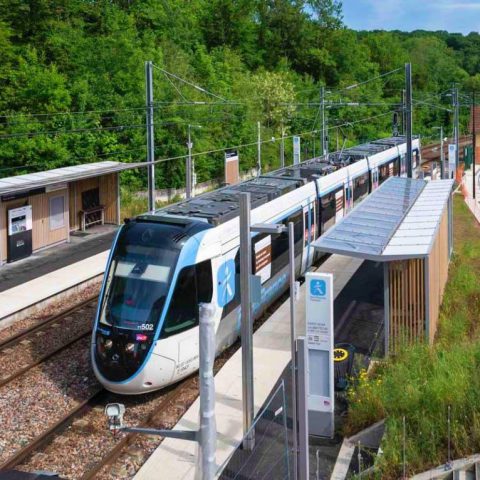
Since a few days, rail transport in Paris is even more complete. On 6th July, the new 18.8 km long T13 Express line, operated by RATP – Ile de France Mobilites, was opened, connecting Saint Germain en Laye to Saint Cyr l’Ecole in the Versailles area. The route runs west of the city of Paris (at the time of the project, the line was in fact called Tangenziale Occidental), and is covered in 30 minutes.
Ile-De-France -Mobilites has planned 11 vehicles for the T 13 line; these are trams built by Alstom, the Citadis Dualis model, suitable for running on both tramway and railway tracks, and therefore identifiable as “tram-trains”; the vehicles are part of an order worth more than 170 million €, which envisages the supply of 34 trams, 23 of which for the T 12 line (Massy – Evry) and 11 for the T 13 line.
34 Alstom trams to come to Paris
The line has 12 stations, some of which correspond to lines A and C of the RER network, and serves 7 municipalities. The A line is intercepted at the northern terminus of Saint Germain En Laye, the C line at the southern terminus of Saint Cyr, while the N and U lines of the Transilien network also stop; finally, at Saint – Nom _ la Breteche – Foret de Marly, correspondence is possible with the L line, also of Transilien. Correspondence with the local bus network is guaranteed.
By running part of the old Great Western Belt (GCO) between Saint Germain and Noisy, operating costs have been drastically reduced. The railway section was closed to passenger traffic in 1939 and reopened in 2004, but without an appreciable volume of traffic and with only one connection to the L line at Saint-Nom-La-Breteche. Now, connected to the north and south and integrated with the new tramway, the old line can play a major role in Parisian mobility; at least 21,000 passengers/day are expected on the T13. It will facilitate travel in the Yvelines department, without necessarily passing through the centre of Paris.
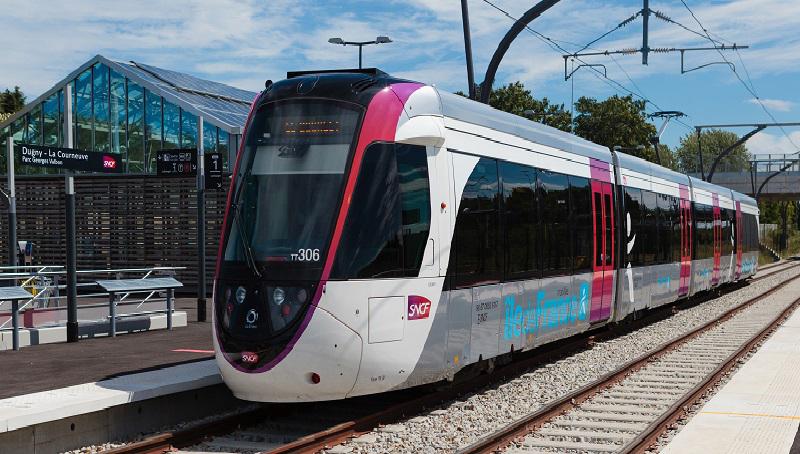
10-min frequency for the T13 line in Paris
The compatibility of tram and rail allows considerable advantages in terms of both operation and running costs. It is possible, as in the case of the new line, to use railway lines, or in other cases to reuse poorly trafficked or disused railway lines, which can instead turn out to be valuable traffic routes, if properly integrated and used. Importantly, it is possible to reduce load shedding, therefore transhipments and vehicle changes, reducing journey times. With light and capacious material, commercial speeds can be raised and frequencies increased. The T13 will have a frequency of 10 minutes.
Alstom Citadis Dualis responds to the characteristics required for an intensive service such as Paris. The special mechanical and electrical adaptations, (flange profile, voltage recognition, among others) as well as the modularity, accessibility, flexibility and versatility typical of the model, allow the Dualis to run on a railway network at a speed close to 100 km/h, with performance similar to that of a railway rolling stock; with extreme ease, from the railway network the tram will join the city tram network, allowing direct connections between the centre and the suburbs, without any change of vehicle. The track gauge must be the same in both systems (1,435 mm).
Alstom sites for tram production
Seven of Alstom’s sites in France are involved in design and production: Valenciennes for trains and project management, Ornans for engines, Le Creusot for bogies, Tarbes for traction components, Villeurbanne for on-board computerised systems and passenger information, Petit-Quevilly for transformers and Saint-Ouen for design.
15 Dualis 4-carriages have already been in operation since 2017 on line T11 (Epinay-Sur-Seine – Le Bourget), while 15 Siemens Avantos are working on line T4 (Bondy/Hopital de Montfermeil -Auilnay-sous-bois), opened on 18 November 2006, and whose route is partly on the SNCF network. There will therefore be 4 lines adopting the m-train solution, which will be travelled by 64 vehicles when fully operational. In Europe more than 200 tram – trains cover more 50 mln kilometres.
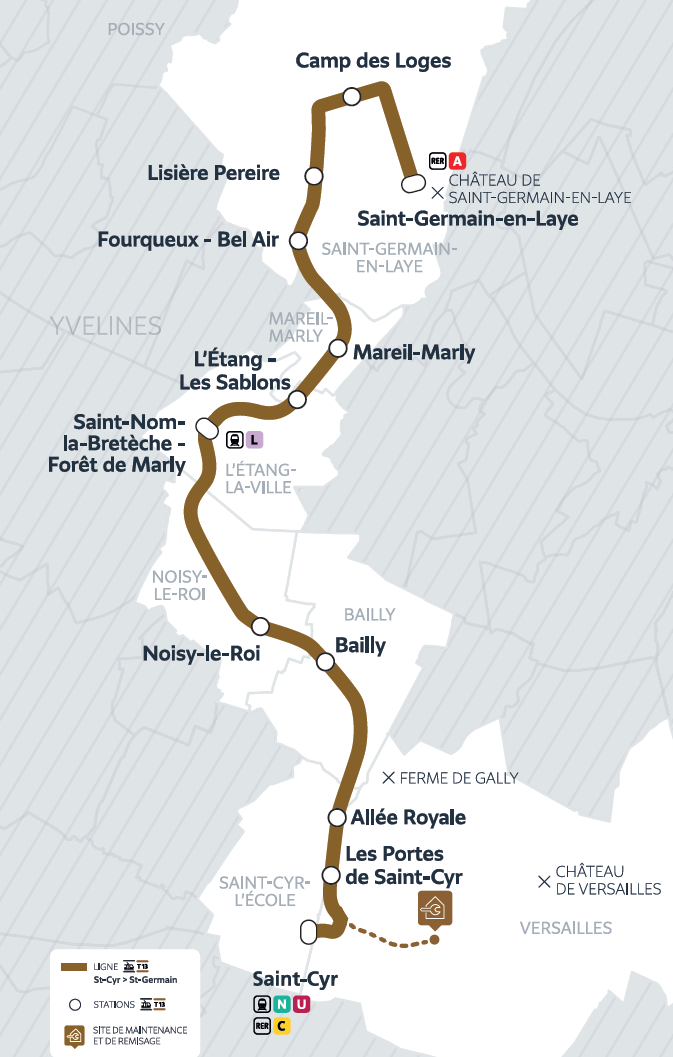
Particular attention has been paid to the stations, designed to minimise the environmental impact on the area. The stations are equipped with the latest generation of services: ticket sales, ticket validation terminals, real-time public information, and bicycle stands. The infrastructure was 70 % financed by the Ile-De-France region, and 30 % by the Yvelines department.
Good news also for the T12 line. Half of the vehicles have already been delivered, and the overhead contact line is being installed by Alstom.
Exactly 30 years after the inauguration of the first line (1992), the development of the tram network in the Ile-De-France region, which serves a large part of the Parisian banlieue, continues the growth . There are currently 11 lines in operation, and two more lines are scheduled to open by 2023.
by Stefano Alfano




